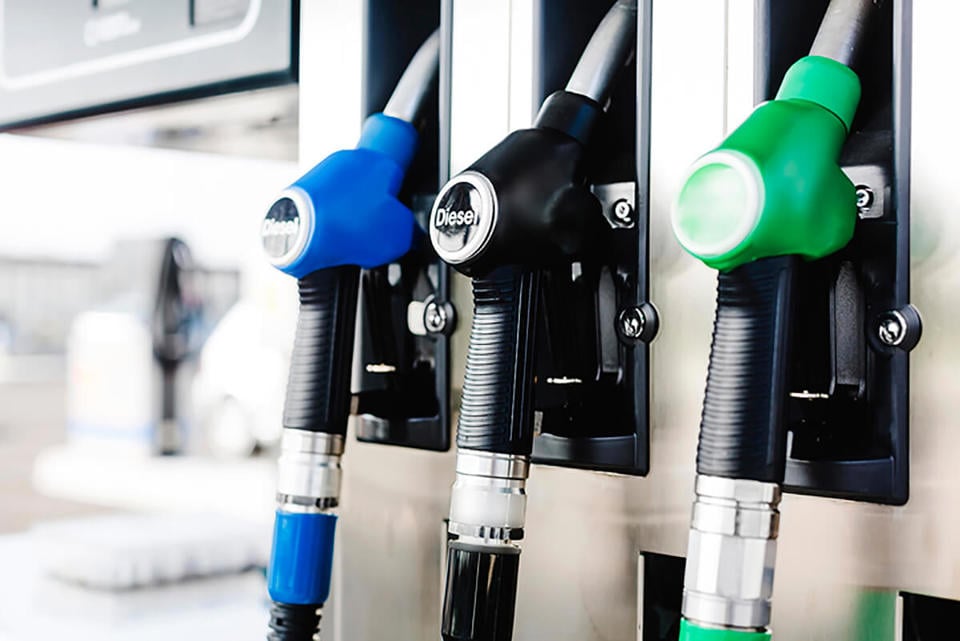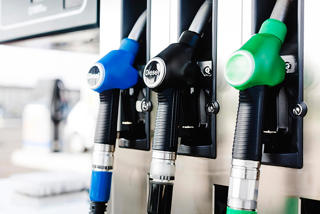Competition watchdogs say they are considering a request from the Government to investigate fuel prices at motorway service stations.
Transport secretary Chris Grayling says pump prices can be up to 19p per litre (ppl) higher at motorway service areas (MSAs) than some other outlets.
In a letter to the Competition and Markets Authority (CMA), he said: “I want to be sure that drivers are getting a fair deal.
“Competition and choice should drive good service and fair prices at MSAs for drivers. I am concerned that this market is not producing that outcome.
“Any investigation by the CMA could usefully reveal the extent to which greater competition may have a role to play in delivering better outcomes for the consumers in this market.”
A CMA spokesman told Fleet News it was considering the transport secretary’s request, but could not say how long it would take to make its decision.
Three major companies are responsible for the operation of almost all of the 112 MSAs in the UK – Welcome Break, Moto and Roadchef. Furthermore, long stretches of the motorway network having only one or two operators present.
One in five drivers surveyed by the RAC said they tended to put in ‘just enough fuel to get by’ on the motorway and wait for a cheaper alternative later.
Grayling said: “I am concerned that prices, which are higher than other forecourts, may exploit users in a situation where there is less choice and competition and discourage motorists from stopping and re-fuelling when, for safety reasons, they should.”
The Office of Fair Trading (OFT) investigated fuel prices in the UK in 2012 and found no evidence of collusion at a national level.
At the time of the study, the average prices at MSAs were 8.3ppl higher for diesel and 7.5ppl higher for petrol than other UK forecourts.
“Today, it is reported that prices can be up to 19ppl higher than other vendors; therefore, it seems the situation has worsened,” said Grayling.
However, he acknowledged that MSA operators do incur higher costs for infrastructure and maintaining the opening hours stipulated by Government.
Grayling’s intervention comes after a Government plan to install signs comparing fuel prices at motorway service stations failed to reduce costs.
Forecourt prices at five rest stops along the M5 between Bristol and Exeter were introduced in March 2016 as part of trial aimed at promoting competition.
But a report from Highways England found no evidence of any savings. It said it would cost £50 million to roll out the scheme across the country and there was “no case” for doing this.
RAC fuel spokesman Simon Williams said: “We had hoped this trial would help to promote an element of competition among motorway services’ fuel operators by overtly displaying prices to drivers, but, sadly, all it’s proved is that motorway fuel is extremely expensive wherever you buy it.”
In terms of average UK fuel prices, however, fleets have been enjoying some stability in the market, with pump prices staying the same throughout March despite a rise in the wholesale cost of both fuels.
A litre of unleaded petrol cost 120.11p (0.06p increase) and diesel 122.82p (0.01p increase).
The price of oil increased 5% from $63.98 at the start of March to $67.23 by the end of the month. While sterling gained on the dollar very slightly with a pound being worth $1.40 – up from $1.37 at the close of March – the wholesale price of petrol went up nearly 4p a litre and diesel by almost 2.5p a litre. Despite this, retailers did not pass on increased costs.
The average price of petrol at the big four supermarkets was also broadly unchanged with a litre of unleaded being sold for 116p and diesel for 119p.
Williams said: “Looking ahead, there is a glimmer of hope that motorists may be about to benefit from cheaper forecourt prices in April.
“At a global level, there is much going on which may lead to a drop in the oil price: the developing trade friction between the US and China, increased oil production from fracking in the US and rising oil supply despite OPEC’s ongoing attempts to curb output.
“Each of these factors has the potential to cause the oil price to fall which would almost certainly bring pump prices down.”























Login to comment
Comments
No comments have been made yet.